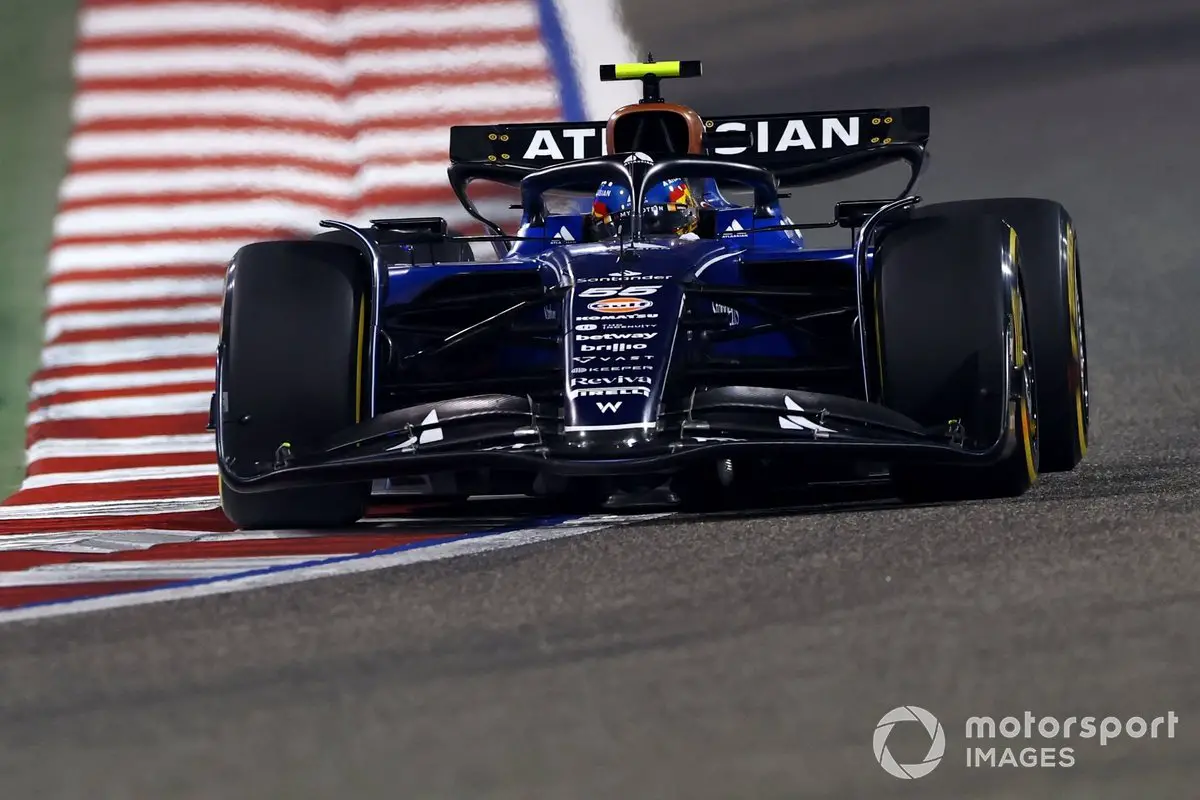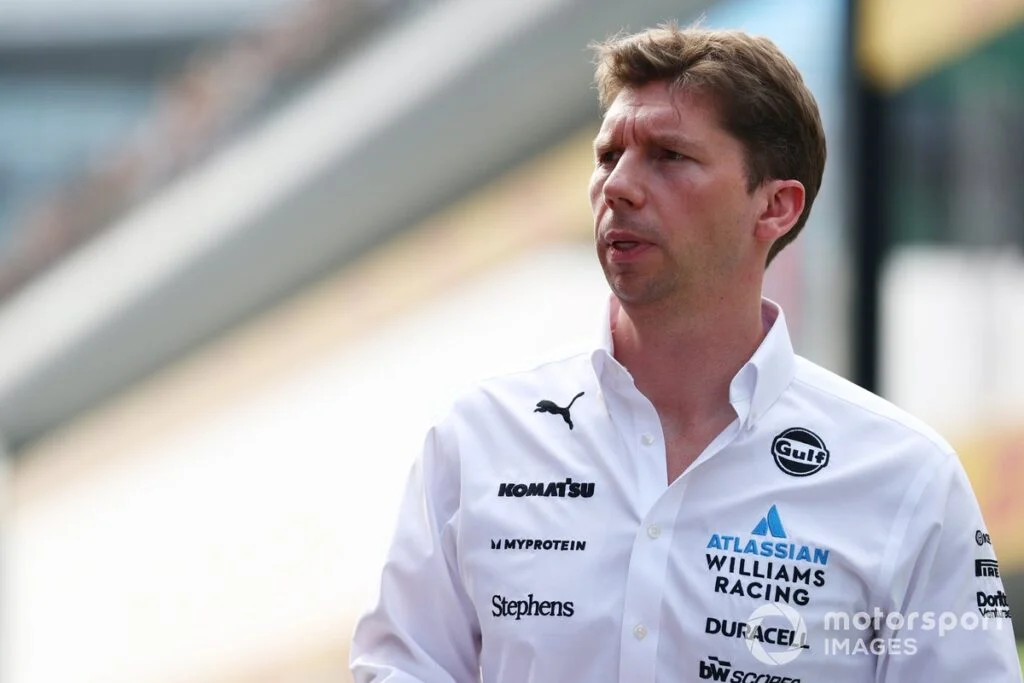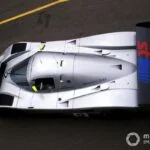Williams Racing’s Journey Towards Modernization and Improvement
James Vowles, the head of Williams Racing, has revealed that the team is still grappling with some disadvantages in terms of the tools used for car design and development. These challenges are one of the reasons why he feels the current FW47 is challenging to drive.
The Transformative Era at Williams Racing
Vowles’ tenure at Williams has been marked by significant changes, with one notable example being the shift from a central Excel spreadsheet for tracking car build. This transformation is part of a larger investment in more modern tooling and machinery. was a key advocate for a tiered capital expenditure limit to ensure that lower-placed teams could align their facilities with the front runners.
It’s understood that Williams does not expect the full impact of these infrastructure changes until the build of its 2028 car, although improvements have been steadily escalating as the team becomes accustomed to the new internal systems.
Balancing the Car and Adapting to Modern Systems
I would say we have some characteristics in the car that are still not at the right level,” Vowles explained. “I don’t think we have the balance that we should for the drivers, and we’re a little bit cornered on some of the tools that we’re using at the moment.
He believes that some elements can be brought in line this year, but others require a different direction for future development. Vowles also discussed the changes taking place at Williams, which involve not only infrastructure investments but also a shift in culture to ensure a more collaborative process in car development.

The Road Ahead for Williams Racing
Vowles believes that the team is on the right path of development, focusing on fixing fundamental issues and improving collaboration among personnel. He emphasizes the importance of getting people to work together effectively and the role of infrastructure in facilitating this.
Really, the secret behind this is just getting people to talk together and a little bit of infrastructure that allows you to actually work a little more efficiently as well,” Vowles added. He expects this direction of travel to continue, with further improvements planned for 2026.
For fans, it may be difficult to understand the reasons behind these changes, but Williams‘ targets are focused on introducing infrastructure, technology, systems, and KPIs internally. These factors drive the team towards championship material, with on-track results being an output of this process. Vowles is not overly concerned about immediate results, as he believes that progress will be made in 2025 and 2026.
The Data-Driven Approach to Improvement
This transformation is data-driven; by continuously adjusting these variables, the team aims to build a faster car every year and eventually outdo their competitors. The cultural change is enormous, as it requires working with a different set of people, which can bring organizations to a standstill. However, by focusing on Key Performance Indicators (KPIs), such as milliseconds produced per week in aerodynamics or vehicle dynamics, the team can effectively turn up the dial without being complacent.







